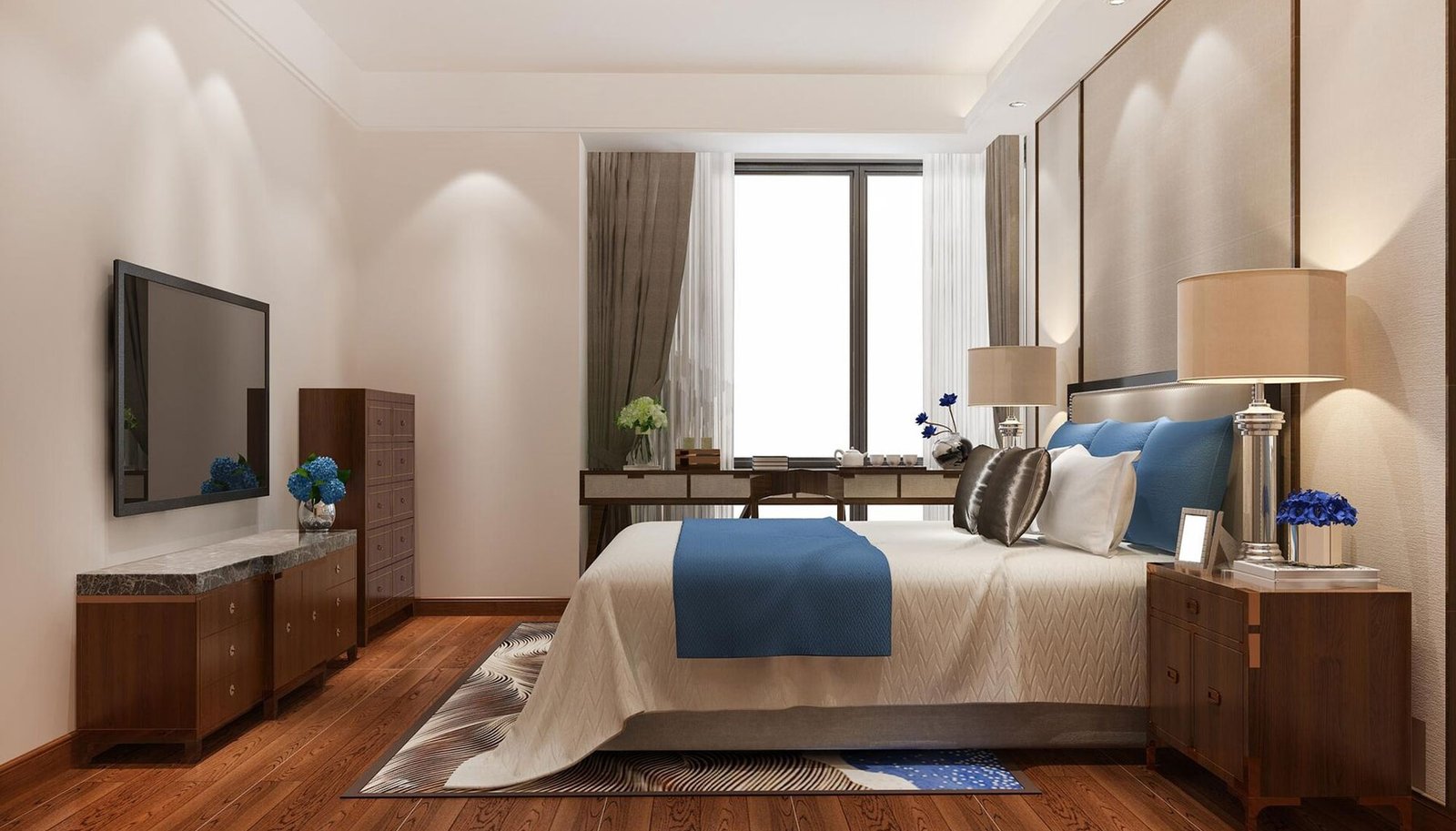
Interior design is a transformative journey that turns a house into a home. Whether you’re revamping an existing space or starting from scratch, the interior design process can seem overwhelming. But with the right approach and a talented team of designers, it can be an exciting and rewarding experience. In Pune, a city that blends modernity with tradition, the interior design process is unique. Here’s a step-by-step guide on how the interior design process works from concept to completion in Pune.
Step 1: Initial Consultation and Requirement Gathering
The interior design process begins with a detailed consultation between the client and the designer. During this stage, the designer will understand your vision, preferences, and requirements for the space. This includes asking questions about your lifestyle, color preferences, functionality needs, and design inspirations.
In Pune, clients often blend contemporary styles with traditional elements, reflecting the city’s rich cultural heritage. Whether you’re looking for a modern, minimalist design or something more eclectic, the designer will take these preferences into account. The goal is to ensure that the design reflects your personality while maximizing the space’s potential.
Step 2: Space Planning and Conceptualization
Once the requirements are understood, the designer moves to the space planning phase. This step involves creating layouts that optimize the available space. In Pune, where apartment sizes can vary greatly, space planning is crucial, especially for small homes or flats.
The designer will take into account factors such as natural light, ventilation, and traffic flow while creating the layout. A mood board is often created to reflect the color scheme, furniture styles, and materials that will be used. Designers in Pune often incorporate local influences such as wooden accents, traditional rugs, or art pieces that evoke the city’s essence.
Step 3: Design Development and 3D Visualization
In this phase, the design takes shape. The designer will create detailed drawings and 3D renderings to help you visualize the final outcome. This is an exciting part of the process as it allows clients to see their vision come to life before the actual work begins.
3D visualizations are especially helpful in Pune, where clients are particular about how their homes will look. It helps ensure that the design fits your expectations, with the correct proportions, colors, and textures. The designer will also present furniture pieces, lighting fixtures, and décor options that complement the overall theme.
Step 4: Budget Planning and Material Selection
Interior design in Pune requires a careful balance between style and budget. Once the design is finalized, it’s time to discuss the budget. Your designer will outline the cost of materials, furniture, accessories, and labor, giving you a clear breakdown of the expenses.
Selecting the right materials is key in Pune, as the city’s climate and local traditions play a role in material choices. For instance, using natural materials like wood, stone, and bamboo can provide both aesthetic appeal and durability. Designers often source locally, which not only helps with budget management but also supports local artisans and businesses. You might also choose eco-friendly materials, as sustainability is becoming a key consideration for Pune residents.
Step 5: Execution and Implementation
With the design, budget, and materials in place, the execution phase begins. This involves the actual construction, installation, and decoration of your home. Skilled craftsmen, electricians, carpenters, and painters will come together to bring the design to life.
During this phase, the designer oversees the work, ensuring that everything is implemented according to plan. In Pune, where quality and attention to detail are highly valued, this stage involves constant coordination between the designer and contractors to ensure timely delivery without compromising on quality.
Step 6: Final Touches and Styling
The final step in the interior design process is the styling and finishing touches. This includes adding furniture, décor items, and accessories like curtains, cushions, and rugs. These finishing details bring personality and warmth to the space, making it feel complete.
In Pune, designers often add local art, handcrafted furniture, and textiles that celebrate the city’s cultural richness. Whether it’s a handcrafted Ganesh idol for the living room or a traditional Paithani throw, these elements tie the design together beautifully.
Step 7: Handover and Feedback
Once the design is fully implemented and styled, the space is ready for handover. The designer will walk you through the entire space, ensuring that everything is to your satisfaction. They’ll also take feedback and make any final adjustments, if necessary.
Interior design in Pune is all about creating a functional, aesthetically pleasing space that fits the lifestyle of its inhabitants. As the handover is completed, you’ll be left with a beautifully designed home that reflects your taste, values, and needs.
Conclusion
From concept to completion, the interior design process in Pune is an exciting journey that combines creativity, functionality, and cultural influence. By working closely with a skilled designer, you can transform your space into a home that’s both stylish and practical.
Whether you’re renovating a single room or designing an entire home, Pune offers a wealth of design possibilities that can be tailored to your personal style and the city’s unique character.
